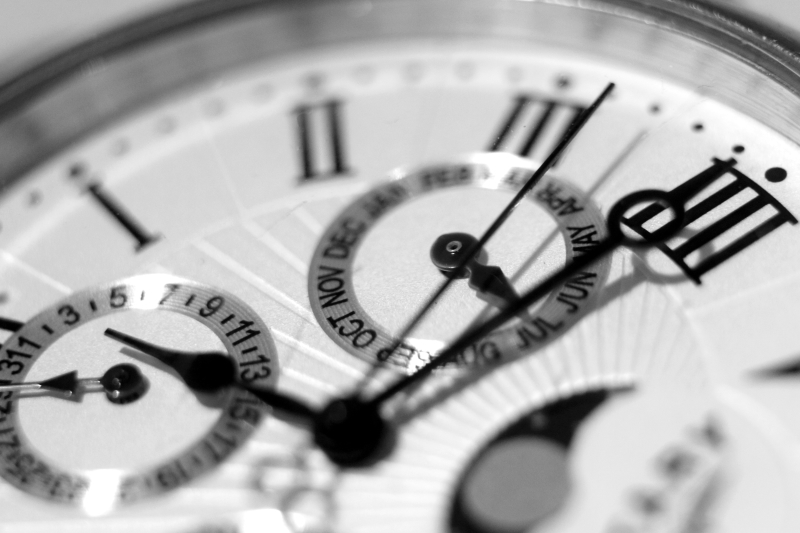It’s not uncommon for a watch to suddenly stop working and there are several reasons why this might happen.
Sometimes, it’s something as simple as a flat battery that needs replacing. Other times, a watch stops working because there’s a problem with the internal mechanism.
Let’s look at some of the main reasons why people end up bringing their timepieces in for repairs.
Why Your Watch Might Have Stopped Functioning
-
Dirt and Dust Have Built-Up
When a watch isn’t serviced for an extended period of time, dirt and dust can end up affecting the internal components. To correct this issue, the individual parts need to be separated, cleaned and oiled by a professional. From there, your watch should start working as normal again.
-
There’s a Problem with the Automatic Winding Mechanism
There are a few reasons why a winding mechanism stops working correctly, forceful impact is one of the most common. Older watches can be challenging to repair because the winding mechanism can be difficult to source – it can also end up being a costly exercise depending on your watch brand.
-
A Loose Screw is Affecting the Internal Mechanism
It’s possible for a screw to come loose after years of regular hand movements, which ends up interfering with the internal mechanism. Engaging in activities such as golf or mountain biking can also gradually loosen screws within the watch. To correct this, the screw is first removed from the mechanism before it’s replaced and tightened.
-
Water Entered the Watch
It only takes a single drop of water to affect watch functionality. When exposed to liquid, the working parts begin to rust, which gradually prevents the timepiece from working. If the water damage is severe enough, it’s not always possible to repair the watch. Water usually enters a watch when the seals are defective, which is why they need to be checked regularly.
-
The Mainspring is Damaged
Clamping pressure and age can cause the mainspring to tear. Automatic watches are designed to stop unnecessary movements of the rotor, which prevents the spring from over-tightening. In older watches, it’s much easier to break the spring. If the mainspring is damaged, it needs to be replaced completely to get the watch to start working again.
Avoiding Common Watch Concerns
To avoid unnecessary repairs, it’s important to have your timepiece checked by a professional every year. These checks will ensure the watch is working as it should and that the seals are keeping the internal mechanism protected. In fact, the mechanism should be proofed every 5 years to avoid these common problems.
If damage occurs or your timepiece stops working, it’s recommended that you stop wearing it to avoid additional damage. Rather bring it straight to a watch professional for analysis and repair.
Make sure that wherever you take your watch to be repaired that they have experience with your specific watch brand.
If you’re wondering whether finding a professional to assist you with your repairs is really necessary, we suggest reading this blog.
